Augmented reality set to boost shopping experience for Tesco customers
Tesco has teamed up with IBM to use an augmented reality mobile app to add product placement.
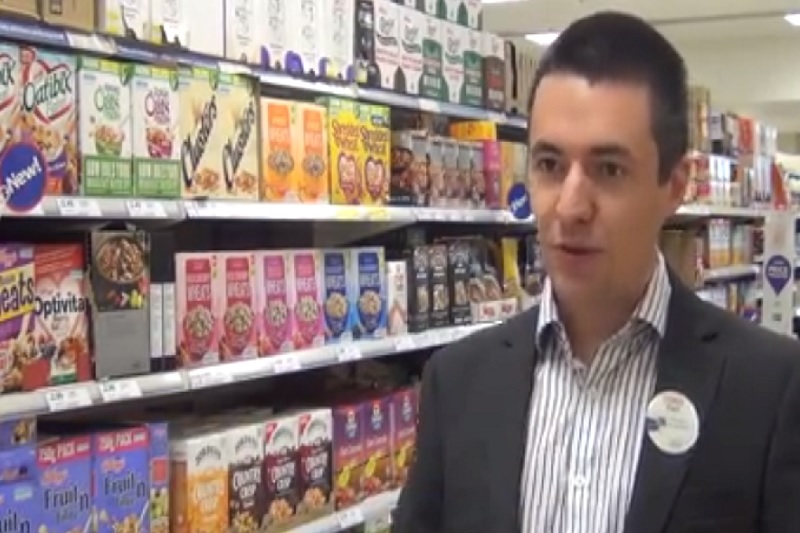
Supermarket giant Tesco has announced plans to make use of augmented reality to better manage stock and deliver a better shopping experience to its UK customers.
Customer' buying preferences change regularly depending on promotions, seasonality and special events. As such, retailers like Tesco must anticipate, predict, respond to and then evaluate demand to ensure the right products are in the right place, at the right time on store shelves.
IBM researchers in Haifa, Israel, have developed an Android app based on IBM's Augmented Reality Shopping Advisor that can help retailers respond to such challenges.
Employees use a camera-equipped phone or tablet to capture what's on the shelves in a given storeThe images are uploaded to Tesco databases, analysed, and compared to the ideal arrangement of products. The database sends back the necessary products superimposed over the image of the shelf to show where the gaps lie.
The app is currently being piloted in London and further deployment will be planned based on the feedback from the trial.
"Delivering a better shopping experience to our customers includes making sure products are well stocked and easy to find," said Tesco CIO Mike McNamara.
"The IBM application will help us to improve store operations beyond the current manual processes and barcode-based methods."
Sign up today and you will receive a free copy of our Future Focus 2025 report - the leading guidance on AI, cybersecurity and other IT challenges as per 700+ senior executives
Tesco's current system requires employees to manually log inventory. It hopes the new IBM technology will help streamline the process, freeing up staff time for other tasks that will add value to the business.
The app can also help organise shelves and make them more presentable. It points out knocked-over or hidden products by triggering a mobile alert so the issues can be rectified before they become a barrier to shoppers' satisfaction.
The tech partnership forms part of IBM's First-of-a-Kind programme, which aims to use IT to help businesses succeed.
"This collaboration with Tesco shows how mobile technology can be used to create a smarter, more convenient experience for consumers and retailers alike," said Sima Nadler, retail research lead at IBM Research.
"It also demonstrates that today's most compelling advances in mobile technology result from how the devices are used, rather than the devices themselves. By using mobile to maximise inventory and sales, enterprises can stay ahead of the competition."
IBM has a history of pushing for increased enterprise adoption of consumer-type devices. In 2012, Beth Smith, vice president of Websphere in the IBM software group,advised IT professionals to prepare for the consumerisation of technology.
"Now, folks have become routine consumers of technology. Your customers and your employees are trying to experience your company through their phones and tablets," she said.
"In the future it's going to be through their TVs, their cars and a flurry of other devices."
IBM is also betting on more businesses investing in similar cloud-based projects. It predicted that business use of the cloud will double by 2015. Big Blue is preparing for this new wave by investing billions in new data centres.
-
 I couldn’t escape the iPhone 17 Pro this year – and it’s about time we redefined business phones
I couldn’t escape the iPhone 17 Pro this year – and it’s about time we redefined business phonesOpinion ITPro is back on smartphone reviews, as they grow more and more intertwined with our work-life balance
-
 When everything connects, everything’s at risk
When everything connects, everything’s at riskIndustry Insights Growing IoT complexity demands dynamic, automated security for visibility, compliance, and resilience
-
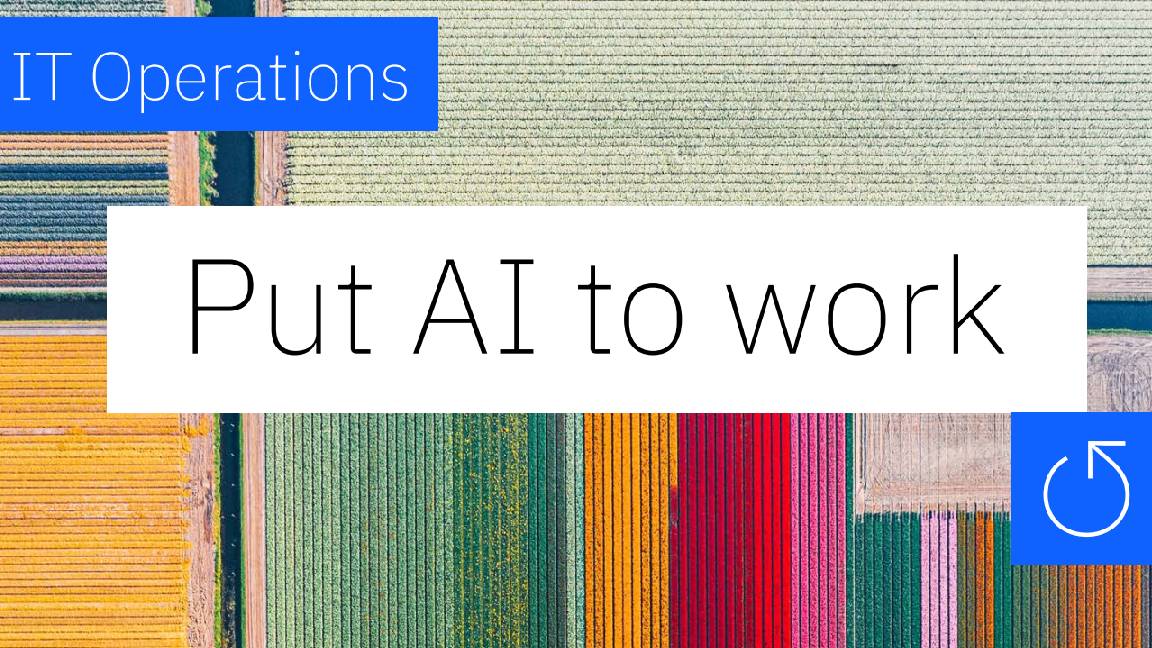 Put AI to work for IT operations
Put AI to work for IT operationswhitepaper Reduce the cost and complexity of managing hybrid applications
-
 AI in the retail industry is spreading beyond the IT department
AI in the retail industry is spreading beyond the IT departmentNews AI has become a strategic imperative for retailers, delivering marked productivity gains
-
 Maximizing contact center operations with generative AI assistants backed by responsible AI principles
Maximizing contact center operations with generative AI assistants backed by responsible AI principleswhitepaper Reduce the cost and complexity of managing hybrid applications
-
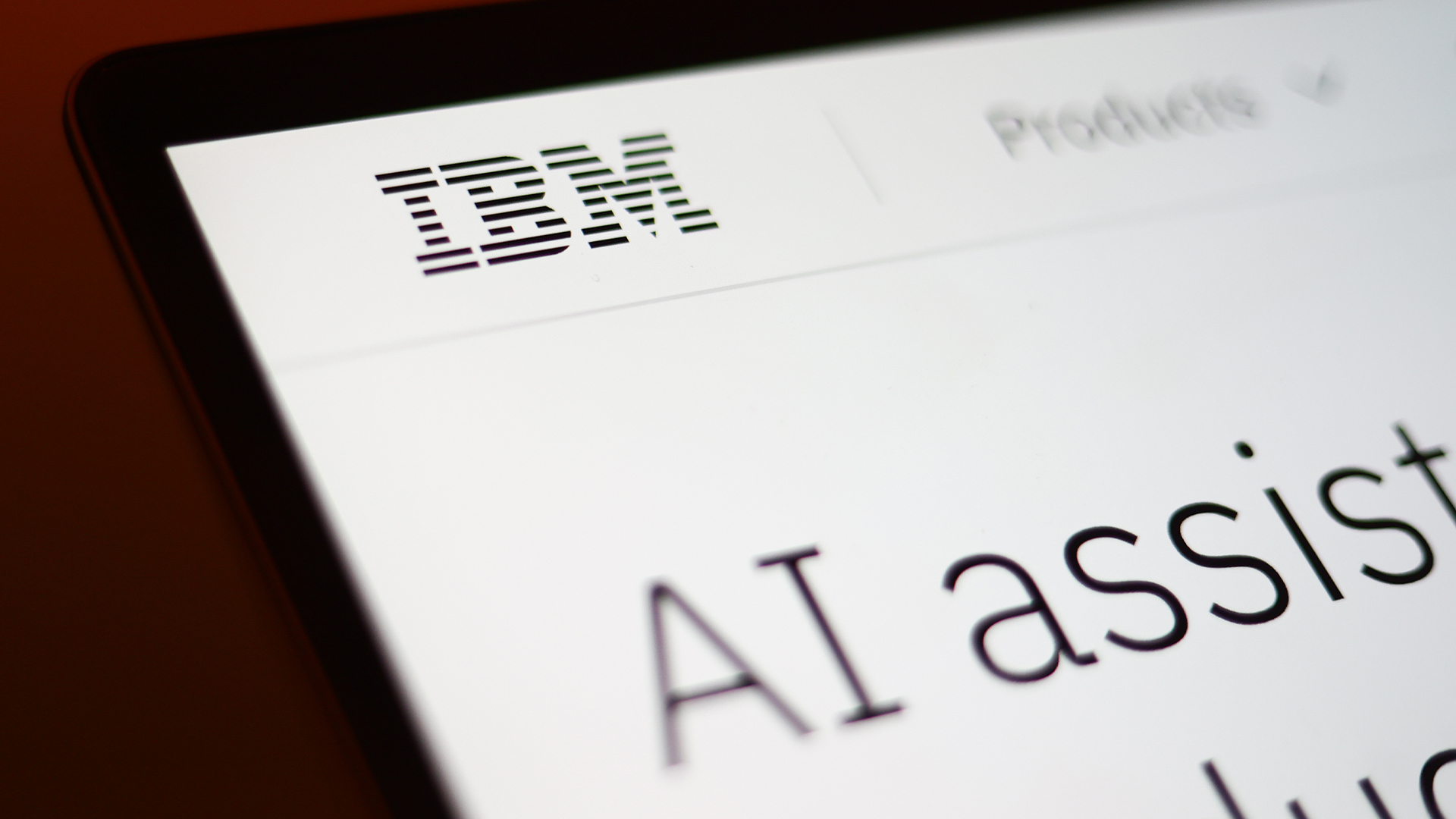 IBM just launched powerful new open source AI models – here’s what you need to know
IBM just launched powerful new open source AI models – here’s what you need to knowNews Available under the Apache 2.0 license, IBM's Granite 3.0 models are trained on enterprise data and can out-perform the competition
-
 Achieving business outcomes with generative AI
Achieving business outcomes with generative AIWebinar Take your hybrid cloud journey to the next level with generative AI
-
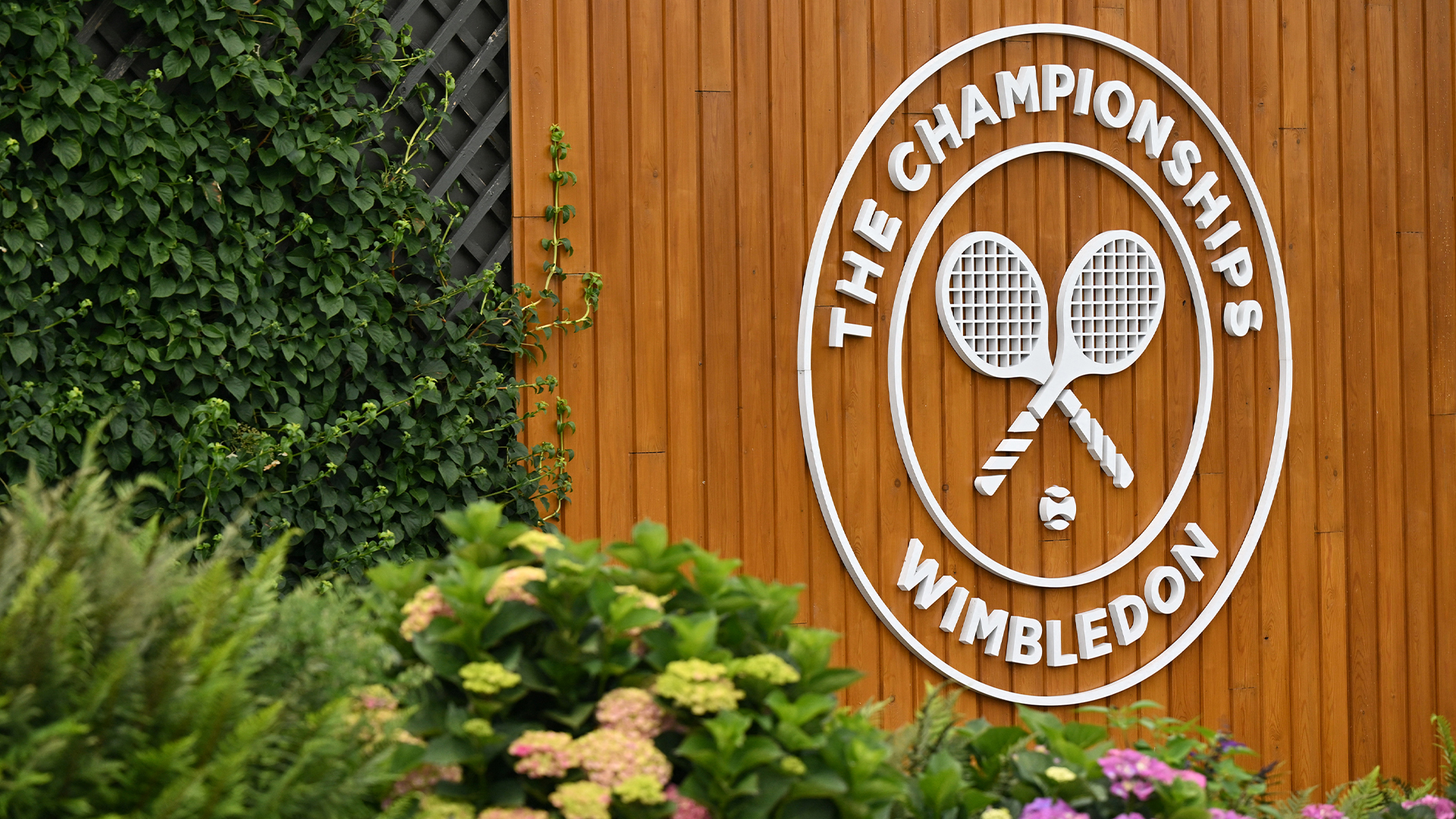 Wimbledon’s new Catch Me Up AI feature promises to keep fans up to date at the tournament – after it irons out some of the wrinkles
Wimbledon’s new Catch Me Up AI feature promises to keep fans up to date at the tournament – after it irons out some of the wrinklesNews The latest feature to come out of IBM’s partnership with Wimbledon will keep fans engaged from the early stages right through to the final with dynamic player insights
-
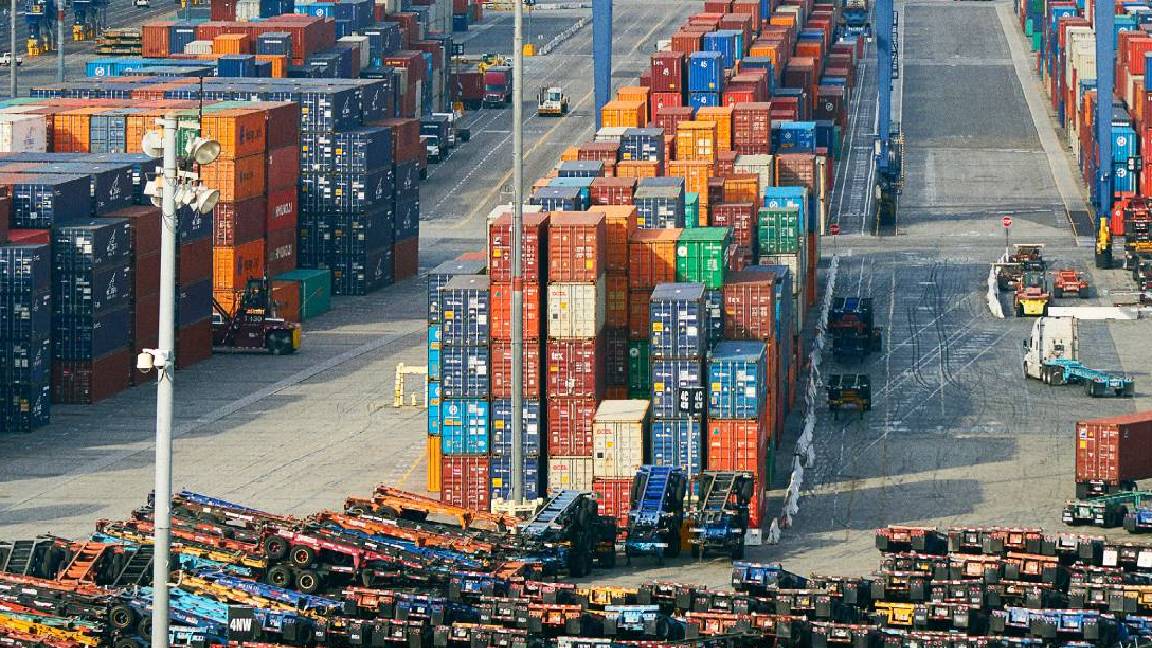 AI demands new ways of data management
AI demands new ways of data managementwhitepaper The data leader’s guide for how to leverage the right databases for applications, analytics and generative AI
-
 AI governance for responsible transparent and explainable AI workflows
AI governance for responsible transparent and explainable AI workflowswhitepaper Build greater trust in your AI